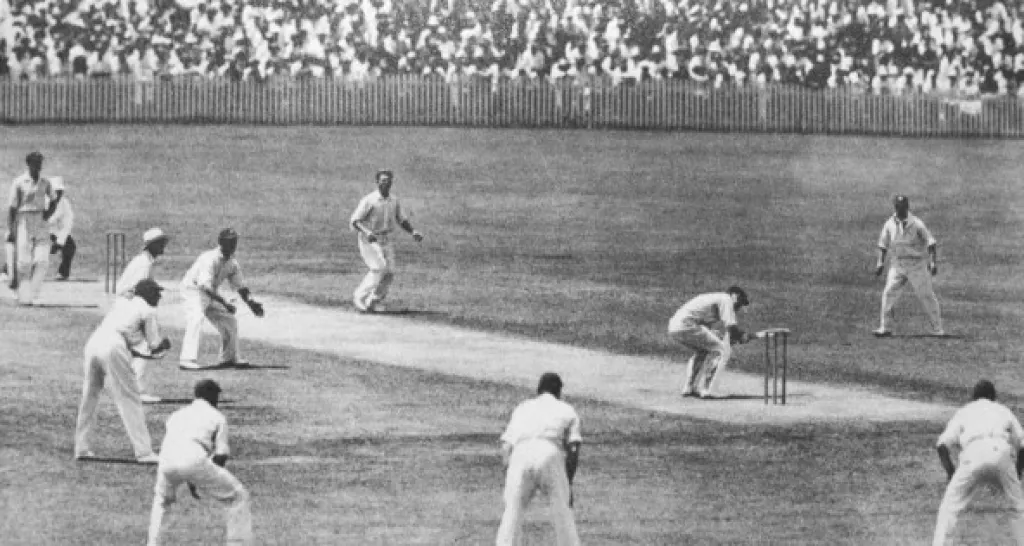In the summer of 1884, it was the turn of Australia to visit England again.
Their schedule included matches against various counties and representative sides, as well as three Test matches, the first at Old Trafford, Manchester, and the other two in London, at The Oval and Lord’s.
The Old Trafford Test was heavily affected by bad weather, rain washing out the whole of the first day. When play did eventually get underway, England won the toss and elected to bat, and were bowled out for just 95. Arthur Shrewsbury made 45, and Harry Boyle took 6-42.
In reply, Australia made 182, Billy Midwinter top-scoring with 37. The second time round England reached 180/9, but there was no time left in the game for a result to be possible, and the two captains shook hands on a draw.
Matches between the two sides had been low-scoring affairs to date, but the second Test, at Lord’s, somewhat bucked that trend.
This time Australia decided to bat first, having won the toss. Thanks to 75 from Tup Scott and 63 from George Giffen, they made 229. In reply, A.G. Steel made 145 out of 379 as England took a 150 run lead.
Australia were then bowled out in their second innings for 145, George Ulyett claiming 7-31. England won by an innings and 5 runs.
Captain Billy Murdoch made history in the third Test match at The Oval by becoming the first man from either side to score a double century in a Test match.
Murdoch made 211, Perry McDonnell 103 and Scott 102, as Australia racked-up 551 in their first innings. All eleven England players bowled at least three overs each.
In reply, England made 346, W.W. Read top-scoring with 117, while William Scotton contributed 90.
Following on 205 behind, England saw out the rest of the match, making 85/2 in their second innings before the umpires removed the bails.
The match was drawn, meaning that England had won the series courtesy of their victory at Lord’s.

